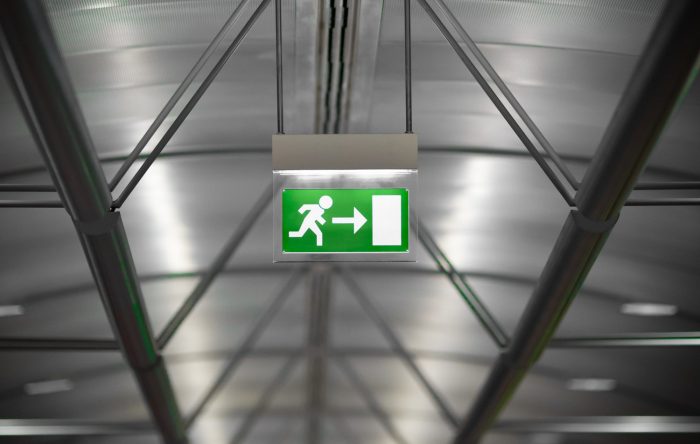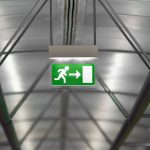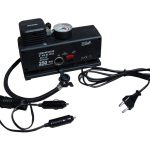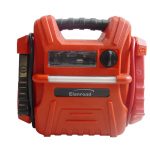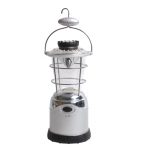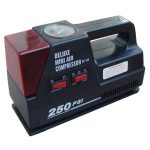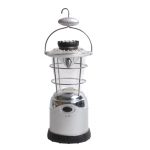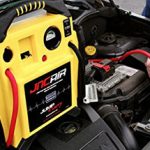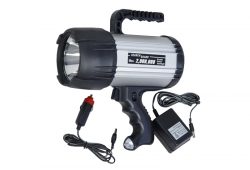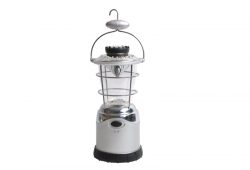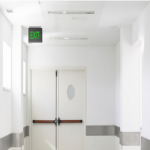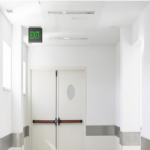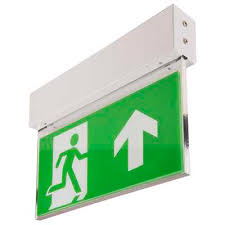China Emergency Light Manufacturers – The Purpose Of Emergency Light Management
For large commercial or industrial facilities that may have no windows or large commercial or industrial facilities that continue to operate during night shifts, power outages can create a panic that can cause serious injury or even death when a large number of people suddenly appear dark. This is where emergency lighting comes in. If there is no emergency lighting, the occupants must have good navigation
For large commercial or industrial facilities that may have no windows or large commercial or industrial facilities that continue to operate at night, power outages can create a panic that can be self-sufficient and exacerbated when a large number of people experience sudden darkness – sometimes causing serious Injury or even death. This is where emergency lighting comes in handy. If there is no emergency lighting, the occupants must travel long distances in obstacle, dark corridors and stairs to achieve safety.
China Emergency Light Manufacturers Note: National regulations cover emergency power systems. These systems include circuits and equipment that, when a normal power source fails, power, distribute, and control power to the lights, power supplies, or both in the desired facility. However, many occupancys only require emergency lights – no other emergency power source. While there is a central diesel prime mover equipped with a generator plus battery and inverter to provide a transient response there is a lot to say, but it is the battery-powered unit box you see: restaurants, schools, theaters and other public places.
While NEC addresses the details of emergency light installation and wiring, the Life Safety Code (NFPA 101) provides mandatory guidance for placement, light output, and where it is needed.
Emergency lighting is a good example of the frequent divergence of LSCs and NECs. Let’s take a closer look at the differences now.
NEC does not discuss emergency light placement, but LSC stated that it should provide exit lighting for each building required by Chapters 11 through 42. The exit passage includes designated stairs, aisles, corridors, ramps, escalators and access to exits. “Designation” means the designation of the authority (AHJ). The LSC specifies the brightness level in the form of lux (10.8 lux equals 1 foot candle).
In cases involving battery systems (including unit equipment), NEC indicates that a test should be performed and a written record of the results retained. However, neither the specific time interval nor the content that the test should contain is mentioned. There is always a test button on the side or front panel of the unit unit. This normally-on single-pole switch cuts off the incoming AC power to simulate a power outage, so you may want to press the button and – if the emergency light is on – call it a good one.
In contrast, LSC provides a more detailed agreement, so if your state or municipality has developed these two codes, you must observe a more stringent LSC in this area. This needs:
Functional test for 30 seconds every 30 days
If the system is powered by a battery, a functional test is performed every 12 months for 1.5 hours.
Written records are kept in the file and provided to AHJ.
In some locations, security personnel conduct tests and submit written reports to the electrician. Then, there is a space next to each location that is used to repair the operation of the unit.
For a 1.5 hour test per year, it is not feasible to stand there and hold the test button. If the building is in the off-season or off period, the entire building or parts can be cut off and drilled after 90 minutes. Using extended breaks may also be an option.
Keep in mind that all annual checks do not have to be done at the same time. They may be staggered throughout the year. If it is important to keep the branch circuit up and running, the only other option is to turn on the front panel of each unit and interrupt the input power.
An important part of all inspections is to ensure that the head does not move and is accurately aimed. These emergency lights are easy to repair and there is very little need to buy brand new equipment. Normally, when you press the test button and all the lights are off or off, this means a new battery is needed – but not always.
Most units are 6V and have a 6V battery or two parallel batteries. Some models are 12V with short jumpers and can be connected in series with two 6V batteries. It is best to check the battery with a voltmeter or even a new one. Their reading should be around 6.20V. However, sometimes the battery will test well, but the internal impedance is too large to drive two or more bulbs. You can pre-test the batteries with a spare bulb or put them in the device to see if they charge after 24 hours.
Sometimes, when a new battery is installed, the unit will test well in the next monthly test but will not light up – indicating that the unit is not charging. In this case, you don’t have to buy a new box. Electrical distributors sell sub-chassis components that include charging devices and relays that are also easily replaced. The usual practice is to disconnect and enclose the source conductors, convert all the conductors, and then restore power by reconnecting the source conductors. However, it is better to comply with OSHA standards by finding the right breaker and turning off the power – or if you have a power cord, you can unplug the power cord (Photo 1). Of course, this will turn off all nearby lights, so unless there are windows nearby, you will need to use extension cords and troubleshoot the lights of adjacent branch circuits.
At other times, if you press the test button, the light will illuminate but will not go out when you release the button. If this happens, the relay will stick. If you hit the case violently, the relay will be released frequently. In this case, be aware that the problem will definitely happen again in the future. There is no way to lubricate the relay, so you need to replace it.
Occasionally, the device emits a continuous AC beep. Some boards have a mini potentiometer that can be adjusted to eliminate this sound. Usually, this does not provide long-lasting cure, so it is best to replace the relay.
Maximize your investment
When troubleshooting these systems, it is important to understand the breakdown of each device component. Most unit emergency lights have two heads. Many people drive one or more remote heads and are usually also exit signs. Make sure you have an inventory spare bulb.
When replacing a sub-chassis, multiple connections must be made. Because some wires will enter the wall, you can make mistakes if you forget any wires. The basic idea is black, white and green are the input AC power, and there may be another set of outputs. The wiring to the remote head is typically 10 AWG. The 277V option may have a blue line, usually capped and taped. The battery lead has a crimp connector and the vehicle light is connected in parallel to the remote head and away from the light source.
You can replace or remove the entire subchassis, replace the board, and replace the subchassis (Photo 3). Although the new replacement board may look a little different and has a changed layout, if you can read small words on the board, you can determine which connectors are on which pin. If you really want to be frugal, if you find it to be a defective part, you can solder the replacement relay. Our idea is to have one or more sub-chassis and rebuild them in your spare time.
The above fix addresses most issues. Sometimes the bulb is loose in the socket, the wire nut connection is open, or a similar problem occurs. However, battery replacement typically resolves 90% of failures, and board replacement is usually applied to the rest.
Because batteries are quite expensive, it is worthwhile to reuse them as much as possible. The maximum service life is about five years, so if you are out of date, you can take them to a certified recycler and discard the old ones. If the casing warps, they will overheat and some of the plates are too close inside. As they age, they become sulfated and form an insulating coating on the board, thus increasing internal impedance. Otherwise, put them in a dedicated test set for about 24 hours to see if they need to be recharged, in which case they are batteries with bad chargers, so they can be reused.
Medium-sized facilities can easily have more than 100 units. This means that with proper management, you can save thousands of dollars over time. It is necessary to avoid the situation where good batteries are delivered to the same unit every month. A better approach is to make an Excel program on the electronics store computer and replace any cells that have been replaced with batteries for two months, as these require a new board.
In Section 7.9.1.3, LSC specifies that the maximum delay allowed is 10 seconds if the illumination is maintained dependent on changes in energy. In this regard, the battery-powered unit emergency light is excellent because it is instantaneous. Another requirement is that emergency lighting must be maintained for 1.5 hours of illumination. The battery is marked with ampere-hour capacity, so if the load on the remote head and exit lights is heavy, calculations may be required. If the box is equipped with two batteries, then using two batteries is a good policy.
Although troubleshooting emergency lighting is far beyond sight, NEC and LSC requirements are simple and clearly stated in the relevant documents. If you follow these guidelines, you can achieve universal compliance and impeccable processes in any factory.
https://www.linsheng.com
